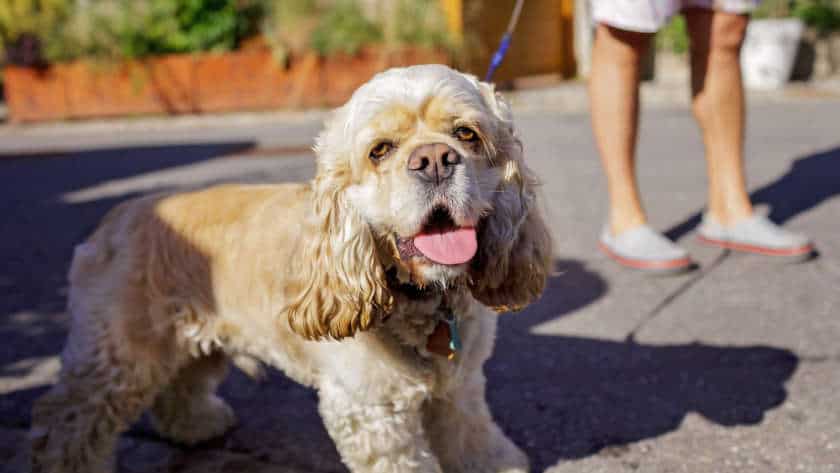Training Your Dog to Walk on a Loose Leash in Different Environments Train your pup to walk with a loose leash. It's a challenge in different places. Here's how:
Start off indoors or somewhere with low-stimulus. Then, move to busier places.
Reward your pup with treats or words when they walk with a slack leash.…










